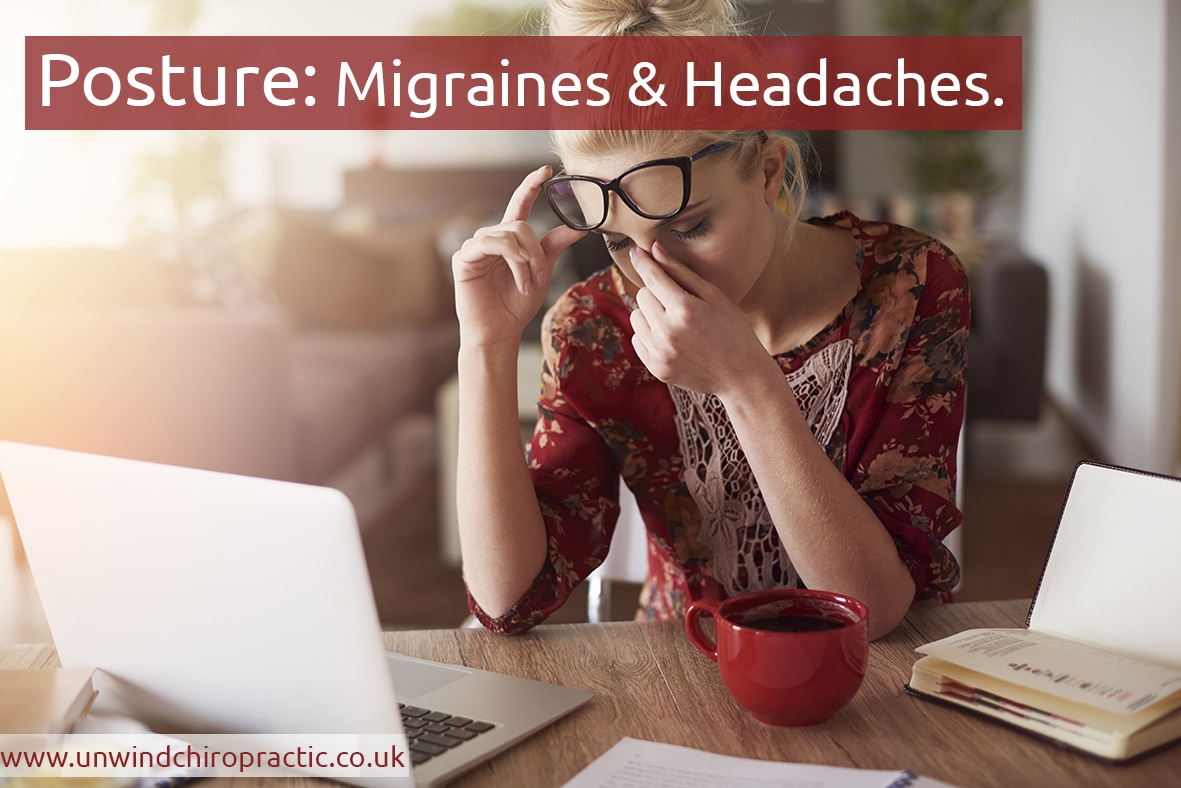|
Extensive research has been done to classify and treat all types of headache and migraine. Current understanding and consensus is that migraine is a neurological disorder influenced by genetics and the environment. The underlying causes of which include chronic inflammation, emotional stressing, changes in brain chemical levels (neurotransmitters) and posture. Migraines in particular can build gradually over several hours, for many people they include varied physical symptoms of the nervous system; numbness and weakness in the face and body, head pain and aura (seeing colours and shapes). Nausea, vomiting, dizziness, lightheadedness, blurred vision and sensitivity to light are all brainstem symptoms. The brainstem forms the connection between the brain and spinal cord, it controls many of our vital functions and when under stress (physical and chemical) can produce the symptoms above. Functional brain imaging is one of the incredible investigative techniques been used to visualise a 'roadmap' of a migraine attack as it happens. This 'roadmap' points to the brainstem, meninges (coverings of the brain and spinal cord) and the cranial nerve that supplies sensation and movement of facial muscles; known as the trigeminal durovascular nerve pathway (trigeminal = a cranial nerve responsible for sensation and muscles in the face, duro = a layer of the meninges/coverings of the brain and spinal cord, durovascular = blood vessels of the meninges). This is really exciting to us ABC practitioners because our ground work for fixing people's bodies is releasing tension on the meninges and thus the brainstem. I've had many clients in practice report immediate headache pain relief even before I have finished their treatment. If you haven't seen it yet watch Dr Jeff Aberle's film explaining how meningeal adhesions alter body function. poor posture causes headachesIdeal posture is where your head is in perfect balance over your neck, the center of your ear is directly over the center of your shoulder. This requires minimal effort from neck muscles. Forward head posture, also known as anterior head carriage - when someone's head is stuck forwards of their shoulders - requires constant neck muscle effort (like taut guy wires of a leaning tent) to keep the head upright. No wonder tension headaches are the most common type of headache disorder (according to the World Health Organisation). Tension headaches are those many people describe as their 'usual headaches' and say the frequency of them is 'no more than anyone else gets'. They become part of that person's life they happen so often! This absolutely doesn't have to be the case. The key is to start to make healthy changes in your lifestyle that will affect the 'roadmap' of head pain that the researchers found. The biggest things I have learned from clients with migraines and headaches, including myself, is the importance of posture, nutrition, water intake and emotional and hormonal stress. You have to put in the time and effort to break some habits and make new ones and the reward will potentially be drug free and you can get on with your life. I help people with the physical stress of headaches, for people who need nutritional advice and testing I recommend speaking to Jane Collison and for emotional stress, Ben Oakley. Click their names for a links to their websites. I'd love to hear what's worked for your migraines and headaches, please share your experience here or send me an email if you would like me to treat your head pain.
Sarah :o) Comments are closed.
|
AuthorSarah Bedford Recent PostsCategories
All
|


 RSS Feed
RSS Feed


